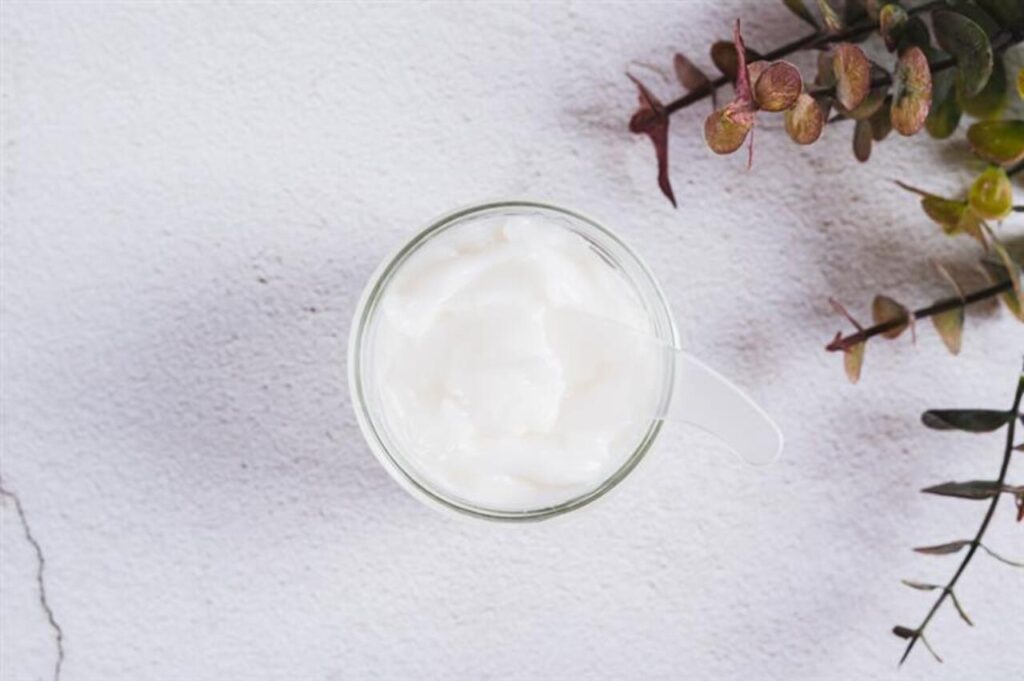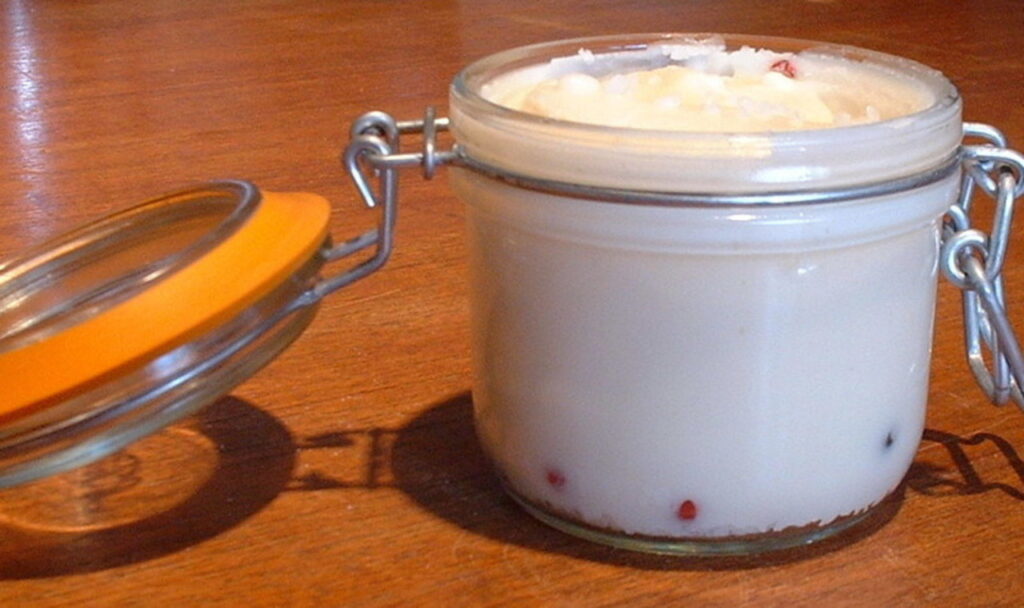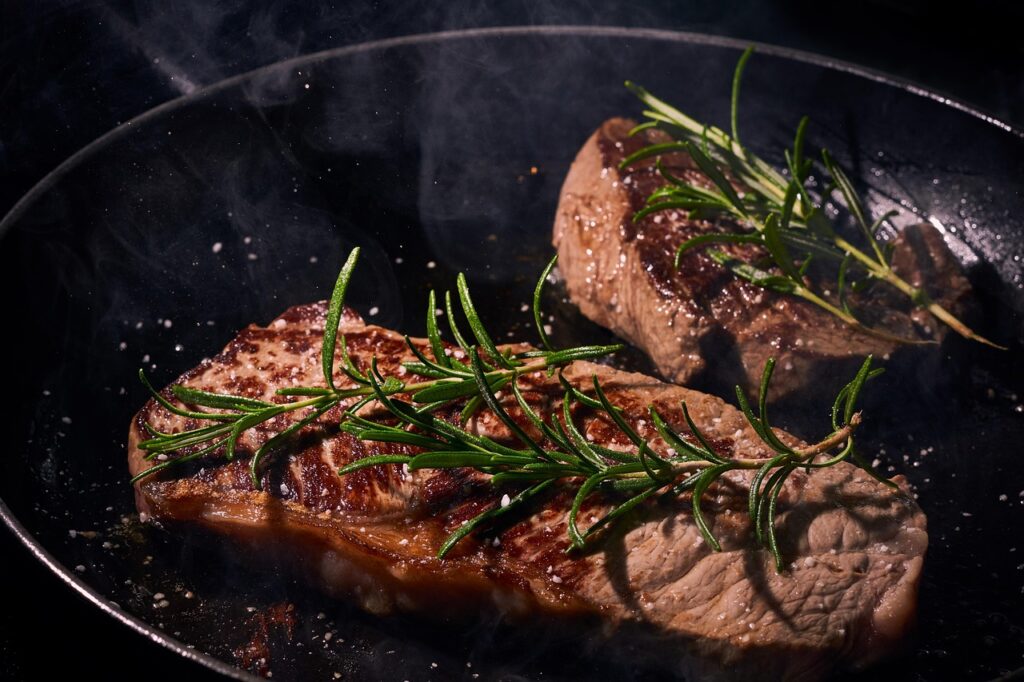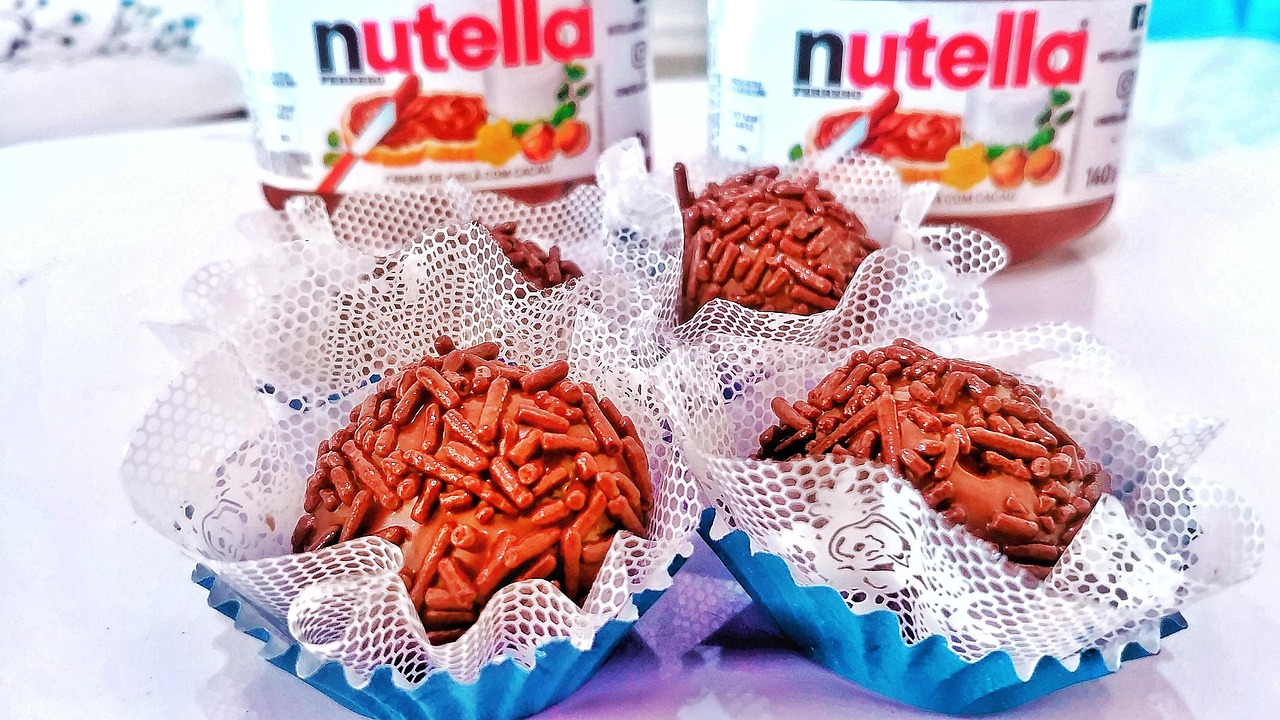Why Beef Tallow Deserves a Spot in Every BBQ Lover’s Kitchen

If you’re serious about BBQ, it’s time to rethink your cooking fats. Beef tallow, once sidelined for vegetable oils, is making a strong comeback. This rendered beef fat offers more than just nostalgia; it brings flavor, versatility, and performance to your grill.
Whether you’re smoking brisket, searing steaks, or frying sides, tallow’s high smoke point and rich composition make it ideal for high-heat cooking. It enhances crusts, locks in moisture, and adds a depth of flavor that oils just can’t match.
Beyond the grill, tallow has a storied history in cooking, skincare, and even industrial applications. Its resurgence isn’t just a trend; it’s a return to quality and tradition in the kitchen.
What Is Beef Tallow?

Beef tallow is rendered fat from cows, created by slowly cooking fatty cuts until the liquid fat separates. The result is a smooth, shelf-stable fat that’s solid at room temperature but melts easily when heated.
Tallow is prized for its high smoke point, which makes it ideal for searing steaks, frying potatoes, or roasting vegetables. Its flavor is subtle, allowing it to enhance dishes without overpowering them.
Historically, tallow was a kitchen essential. It was used for frying, baking, and even soap making. Today, its culinary revival emphasizes traditional cooking techniques and richer flavors.
This fat is versatile, long-lasting, and can be stored at room temperature in airtight containers or refrigerated for longer shelf life. Its return to kitchens reflects both practicality and a desire for deeper flavors in home cooking.
Types of Tallow
Tallow can be made from different parts of the cow, including suet (fat around the kidneys) and trimmings from steaks or roasts. Suet has a higher melting point and is often preferred in baking, while trimmings produce tallow better suited for frying or sautéing.
Choosing the right type depends on your cooking needs. For frying fries or searing meat, trimmings-based tallow works best. Suet-based tallow is ideal for flaky pastries or traditional recipes requiring a firmer fat.
Storing and Using Tallow
Proper storage is simple. Keep tallow in an airtight container at room temperature for short-term use or refrigerate to extend its life. It can also be frozen for several months.
When cooking, heat gradually and avoid smoke. This ensures even cooking and preserves flavor. Tallow’s mild taste allows it to blend seamlessly into both savory and baked dishes.
The Comeback of Beef Tallow in BBQ

Beef tallow is making a strong comeback in grilling circles. Its high smoke point ensures that meats sear perfectly, developing a crisp, flavorful crust while retaining juiciness inside.
Chefs and home cooks alike appreciate tallow for its ability to elevate side dishes. Fries, roasted vegetables, and even bread benefit from the subtle richness it imparts.
While vegetable oils dominated kitchens for decades, tallow’s resurgence is tied to both culinary preference and nostalgia. It’s celebrated not only for taste but also for the functional qualities that make BBQ simpler and more delicious.
Enhancing Grilled Meats
Using tallow to sear steaks or brush onto ribs before smoking locks in moisture and intensifies flavor. It creates a caramelized crust that oil alone can’t achieve.
Its high heat tolerance ensures meats cook evenly without burning. This makes it a favorite for both direct grilling and slow-smoking techniques, adding depth to every bite.
Crispy Sides and Frying
French fries, onion rings, and roasted potatoes take on a new level of crispiness when fried in tallow. The fat promotes even browning while enhancing the natural flavors of vegetables.
Tallow also works well for pan-frying vegetables, giving them a slight richness that vegetable oils don’t offer. It’s this versatility that makes it indispensable for BBQ enthusiasts.
Nutritional Profile and Considerations
Beef tallow is rich in saturated fats and contains fat-soluble vitamins such as D and E, along with choline. It’s stable under high heat and contributes a depth of flavor not easily achieved with other oils.
However, because of its saturated fat content, it should be used in moderation. Excessive intake may affect cardiovascular health, so pairing tallow with a balanced diet is advisable.
Many enthusiasts use tallow sparingly, primarily for searing, frying, or adding a finishing touch to dishes. This approach maximizes flavor without overloading on saturated fats.







